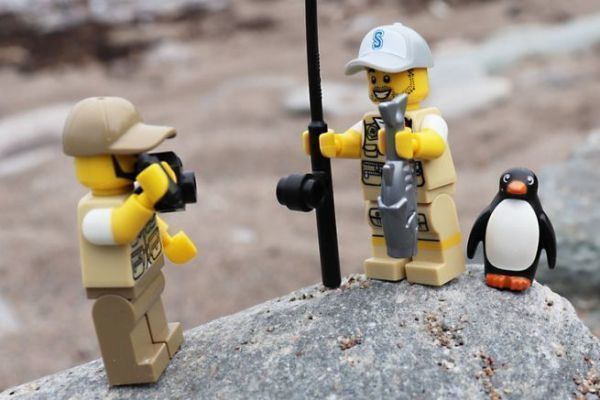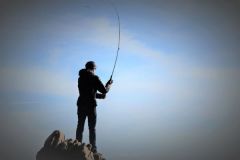1) Framing
A good photo depends above all on its framing. In photos showing the whole fish, care must be taken not to cut off its tail or head, and the same goes for the fisherman's head.
Centering the subject to be photographed is also important, to ensure an even picture.
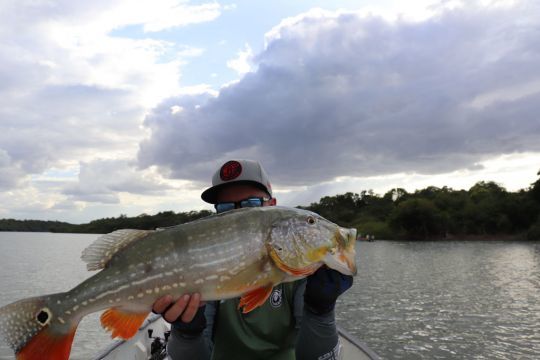
Finally, you need to take the photo from a distance that allows you to frame the whole fish, without being too far away either, which would make the fish look like a secondary subject.
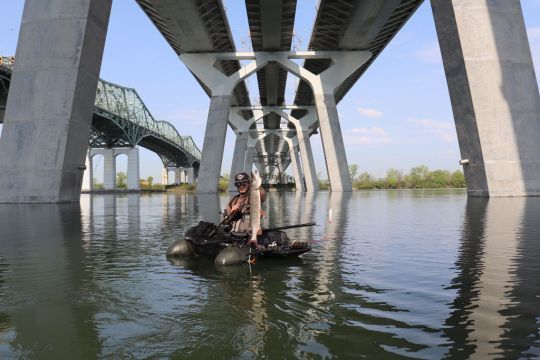
Once you've mastered this parameter and have the desired result in mind, framing a photo becomes fast and natural.
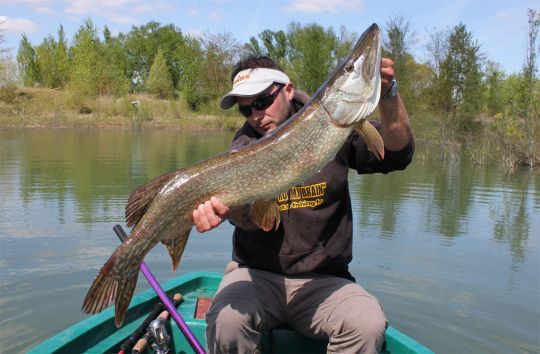
2) Avoid backlighting
Backlighting is the term used when the camera lens faces the sun, and the sun shines on the subject from behind, putting its face in shadow. To take beautiful, colorful photos, you need to ensure that the sun is at the camera's back, i.e. facing the subject to be photographed. A fish well exposed to the sun shows its beautiful colors.
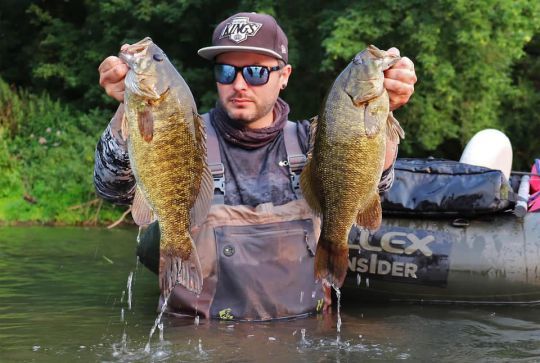
If it's in the shade, however, the photo looks dull and the beautiful colors of the fish are not highlighted. What's more, to compensate for this lack of light, the camera will increase exposure time and/or ISO, which may result in the appearance of noise, clearly visible in the photo below.
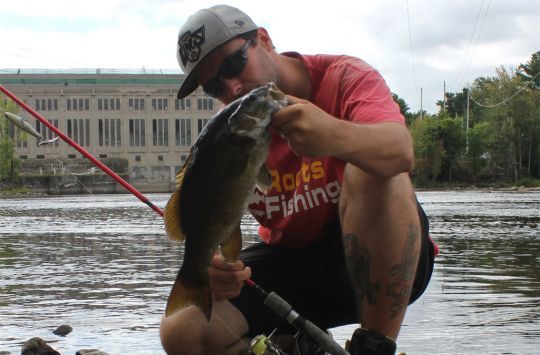
3) Ensure focus
Focusing, i.e. the correct positioning of the camera's optics to ensure a sharp picture, is essential. This adjustment can be manual or automatic, in which case the function is called autofocus.
With most cameras, to adjust the sharpness of the photo to a specific area, press the shutter release halfway or select the desired area on the screen. Before triggering the shutter release, make sure the subject is in focus.

4) Keep the right proportions
Over-extending the arms, for my taste, is not an aesthetically pleasing thing to do, as it alters the perspective. It's better to carry the fish normally, elbows bent. It's up to the photographer to come closer to take the picture, not the angler to stretch out his arms to bring the fish closer to the lens.
This point needs to be dealt with on a case-by-case basis, because for a very small fish, it's justified to highlight it, even if a photo of it resting in the palm of a hand or on the water's edge is just as beautiful.
In any case, there's nothing to stop you taking close-ups of certain parts of the fish to highlight them.
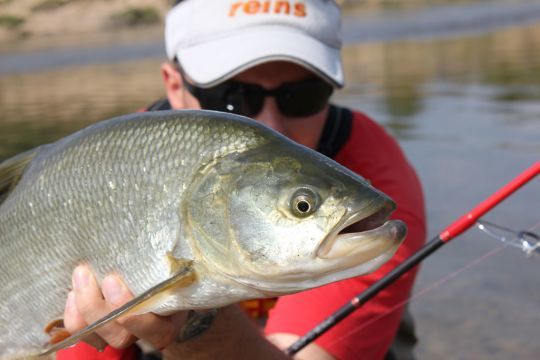
5) Don't hide the fish
When holding a fish, always do so with wet hands to protect its mucus. Hands should be positioned below the fish, so that they are as inconspicuous as possible, or at least do not hide the fish. A hand that hides the fish's head or body quickly spoils a photo.

6) Wash the fish
Finally, even if an angler is respectful of his catch, he will do his utmost not to take a fish out of the water, and especially not to put it in contact with the ground. Sometimes the fish may have sand, dirt or grass on it. Removing these impurities allows the catch to look its best.
Once you've mastered these criteria, it doesn't take long to take one or two good shots, and get your catch back in the water quickly.

 /
/ 